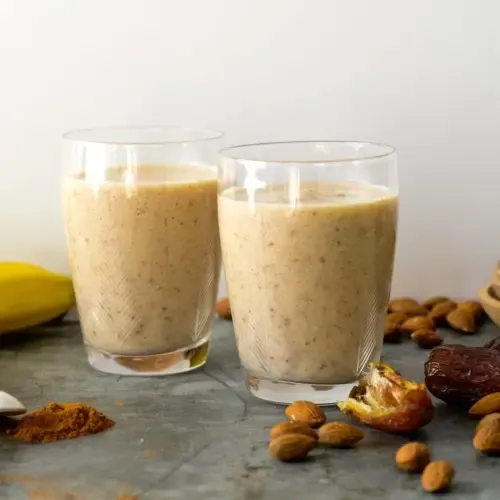The Potential Health Risks of Plant-Based Milks

New Delhi, Dec 15 (NationPress) As oat, almond, and soy milk gain traction as favored substitutes for cow's milk, a recent investigation reveals potential deficiencies in proteins and essential amino acids.
Over the past decade, these plant-based beverages have experienced significant growth in the global market, attributed to their environmentally conscious appeal. However, researchers from the University of Copenhagen assert that extensive processing may lead to chemical reactions that diminish protein quality and, in certain instances, create cancer-causing compounds.
Professor Marianne Nissen Lund, the lead author from the university’s Department of Food Science, emphasized that plant-based drinks cannot effectively “replace cow’s milk” when it comes to “adequate nutrition”.
The research team analyzed 10 different plant-based beverages and compared their nutritional value against that of cow’s milk to determine how processing affects their quality.
Lund explained that plant-based drinks undergo more rigorous heat treatments than cow’s milk to enhance shelf life, a process known as ultra-high temperature (UHT) treatment. This process triggers a chemical reaction between proteins and sugars, referred to as the “Maillard reaction”, which reduces the nutritional quality of the proteins.
Moreover, she pointed out that while most plant-based milks have significantly lower protein content than cow's milk, the heat treatment can also result in the loss of vital essential amino acids.
Importantly, the heat treatment may also generate cancer-causing compounds, as noted by the expert in their publication in the Food Research International journal.
The researchers detected acrylamide in four of the plant-based beverages derived from almonds and oats. Acrylamide is a known carcinogen also present in bread, cookies, coffee beans, and fried foods, such as French fries.
While acrylamide was found at minimal levels, which do not pose an immediate danger, its intake “in small amounts from various sources could accumulate to a level that does pose a health risk,” Lund cautioned.









